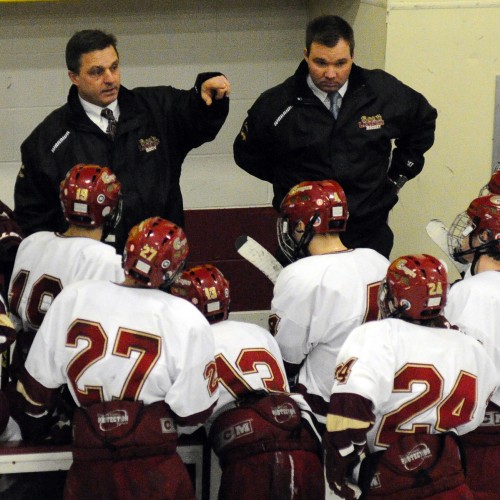As a leader do you ever walk around with a tuning fork in your hand?
You might not carry the actual instrument with you, but I’ve learned that watching for “tuning fork moments” can be a crucial leadership tool.
I learned this in conversation with a teammate who didn’t seem to understand the direction our organization was heading. Sensing his confusion I sat him down one day and helped him get back on track.
When I finished he said, “Scott, that was a tuning-fork moment.”
I loved that term. As I thought about it, here’s what I learned.
1. A “6th sense” ability to perceive misalignment
As a leader you must be constantly listening and watching for indications of very subtle mission drift among your team.
2. A patient, listening posture
Leaders must follow up a hunch about mission drift with a casual, inquisitive conversation. The job is to confirm, or dispel, the notion that a teammate has drifted off course. Such a conversation must be safe and unthreatening.
3. An environment of affirmation
If a teammate has drifted, chances are they are only off-base by 10%. Affirm the 90% they are getting right.
4. A clear ringing of the tuning fork
Now, you’re ready to ring the fork. This involves unflinchingly pointing out where the drift has taken place, and ensuring your teammate’s understanding is back on pitch.
Tuning-fork leadership is an ongoing, never-ending process. Mission drift is inevitable in every organization. And just when you think you’ve brought everyone back into alignment it will be time to re-clarify things for someone else on the team.
So ask yourself these questions:
- Is everyone in the organization clear on our overall direction?
- Is everyone clear on our highest present priorities?
- Does everyone see how their contribution fits into the big picture?
If the answers reveal any fuzziness it could be time for clarifying conversations.
Keep your tuning fork handy…



